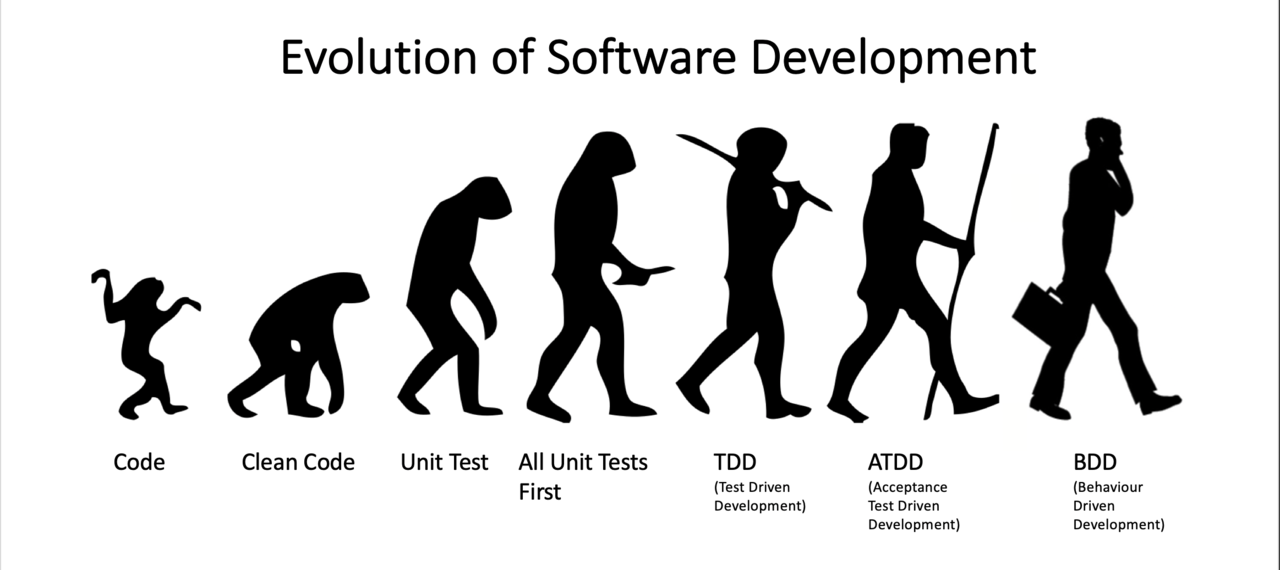The world of software has undergone a remarkable transformation since its inception. From the earliest basic programs that executed simple tasks to today’s sophisticated AI-driven applications that power everything from virtual assistants to autonomous vehicles, the evolution of software reflects the rapid advancements in technology and the changing needs of society.
The Birth of Software: Basic Programs
Software development began in the 1940s and 1950s, during the dawn of computing. Early programs were written in assembly language and machine code, consisting of simple instructions that could be directly executed by the computer’s hardware. These basic programs were limited in functionality, often designed to perform specific calculations or data processing tasks.
One of the earliest and most iconic examples is the “ENIAC” (Electronic Numerical Integrator and Computer), which was used to calculate artillery trajectories during World War II. Although it was a marvel of engineering, programming the ENIAC was a complex and time-consuming process, requiring a deep understanding of the machine’s architecture.
The Rise of High-Level Programming Languages

As computers became more powerful and widespread, the need for more user-friendly programming languages grew. This led to the development of high-level languages like FORTRAN, COBOL, and LISP in the 1950s and 1960s. These languages allowed programmers to write code using more abstract and human-readable syntax, making software development more accessible and efficient.
High-level programming languages paved the way for the creation of more complex and versatile software. The 1970s and 1980s saw the rise of operating systems, databases, and applications that could perform a wide range of tasks, from word processing to financial analysis. Companies like Microsoft, Apple, and IBM began to dominate the software industry, producing software that would shape the future of computing.
The Internet Era: Software Goes Global
The advent of the internet in the 1990s revolutionized the way software was developed, distributed, and used. Software could now be delivered online, enabling instant updates and access to a global audience. This era saw the rise of web-based applications and the birth of software as a service (SaaS), where users could access software through their web browsers without needing to install anything on their devices.
The internet also enabled collaboration on an unprecedented scale, giving rise to open-source software projects like Linux, Apache, and MySQL. These projects demonstrated the power of collective innovation and led to the widespread adoption of software development practices like version control, continuous integration, and agile methodologies.
The Age of Mobile and Cloud Computing
The 2000s and 2010s brought about two significant shifts in the software landscape: the rise of mobile computing and the cloud. Smartphones and tablets became ubiquitous, driving the demand for mobile applications that could provide the same functionality as desktop software but with the added convenience of portability.
Cloud computing, on the other hand, transformed the way software was hosted, managed, and scaled. Platforms like Amazon Web Services (AWS), Microsoft Azure, and Google Cloud allowed developers to build and deploy applications in the cloud, eliminating the need for costly on-premise infrastructure. This shift enabled the rapid growth of startups and tech companies, which could now deliver software to millions of users with minimal upfront investment.
AI-Driven Applications: The Future of Software
Today, we are witnessing the rise of AI-driven applications, which represent the next frontier in software evolution. Artificial intelligence and machine learning algorithms are being integrated into software to create systems that can learn, adapt, and make decisions autonomously. These AI-driven applications are revolutionizing industries, from healthcare and finance to transportation and entertainment.
Examples of AI-driven software include:
- Virtual Assistants: AI-powered virtual assistants like Siri, Alexa, and Google Assistant are becoming an integral part of daily life, helping users manage tasks, answer questions, and control smart devices.
- Autonomous Vehicles: Self-driving cars rely on AI-driven software to navigate complex environments, make split-second decisions, and improve safety on the roads.
- Personalized Recommendations: E-commerce platforms, streaming services, and social media sites use AI algorithms to analyze user behavior and provide personalized content recommendations.
- Healthcare Diagnostics: AI-driven software is being used to analyze medical images, predict patient outcomes, and assist in the early detection of diseases.
Conclusion
The evolution of software from basic programs to AI-driven applications has been a journey marked by continuous innovation and adaptation. As technology continues to advance, we can expect software to become even more intelligent, intuitive, and integrated into every aspect of our lives. The future of software is undoubtedly exciting, with endless possibilities for what AI and other emerging technologies will bring.











